Hase Kaido 1: Hase-dera to Haibara
In west Japan, there were two major roads ancient people would use when they when people go to Ise, there were two major routes: one is Ise Honkaido and the other one is Hase Kaido. Unlike the Ise Honkaido, which goes through the mountains in Nara, the Hase Kaido goes along what is today the Kintetsu Osaka Line and is much easier to walk. During the Edo Period, when it was common for the people to make the pilgrimage to Ise on foot, they often preferred the Hase Kaido.
Note: This is also part of our Ise Honkaido series. Ise Honkaido and the Hase Kaido share the same route from Hase-dera to Haibara.
Hase Kaido 1: Hase-dera Temple to Haibara
Hase-dera – Haibara
Hase-dera is 20 minutes away from the Kintetsu Hasedera Station. We actually walked from Sakurai to Haibara in one day, but for convenience, we split the blog entry into two.
I don’t know how many times we’ve come to Hase-dera, but this temple is really pretty and for sure one of the most popular temples of the 33 temples on the Saigoku Kannon.
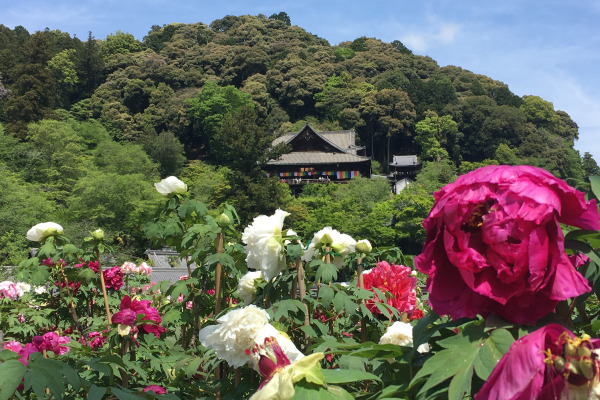
Some people say the Hase Kaido starts from Jion-ji in Sakurai City, where the Kami Kaido starts. To be honest, I am not sure they think so, but we just followed the map made by Nara Prefecture and according to that map, the Hase Kaido starts from Hase-dera. In any case, the “Hase” in Hase Kaido probably means Hase-dera so that makes the most sense to me.
Be careful not to miss the start of this trail. As you approach Hase-dera, there is a long shopping street leading to the temple, but the Hase Kaido detracts from the shopping street quite abruptly– almost a mile before the temple. The trail first goes up the hill but gets out to the large road shortly.
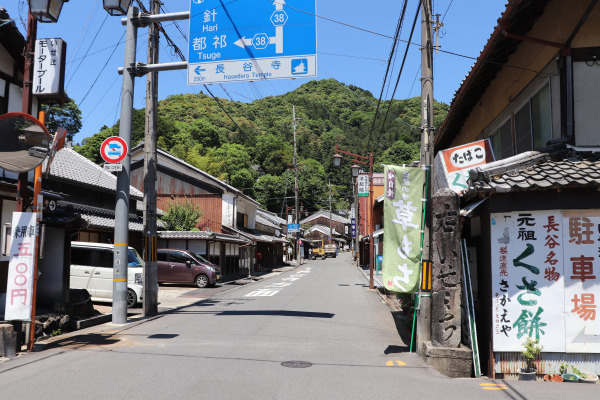
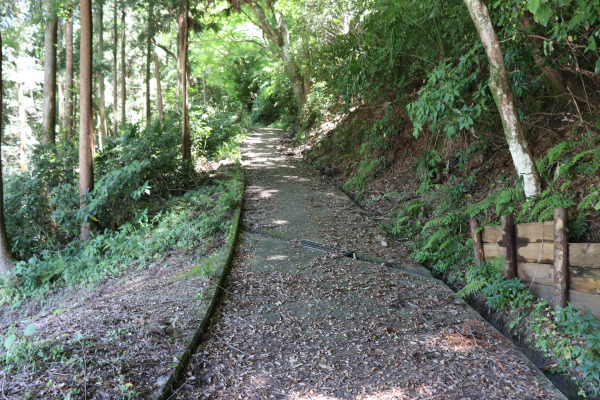
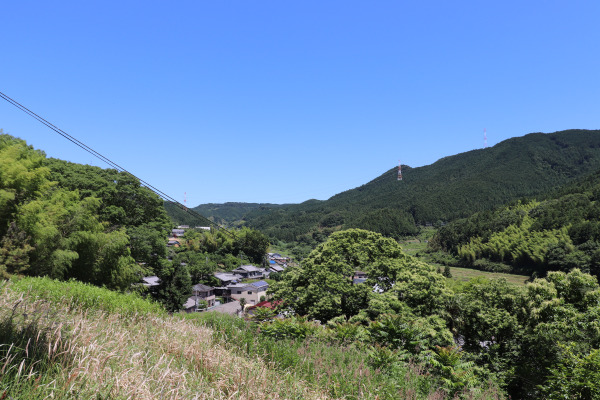
The trail basically goes along National Route 165 until reaching Haibara and goes through the beautiful Nara countryside. It is worth noting that the road can be quite busy and sometimes lacks sidewalks.
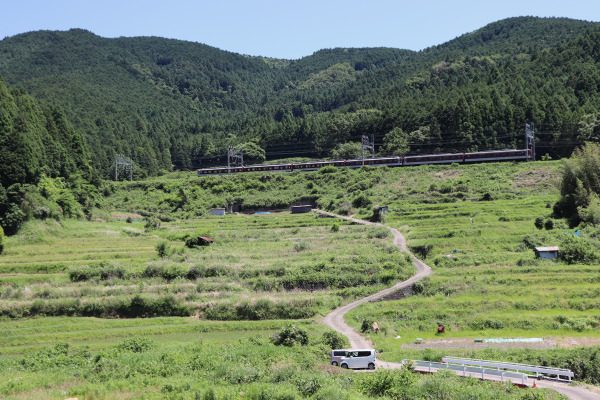
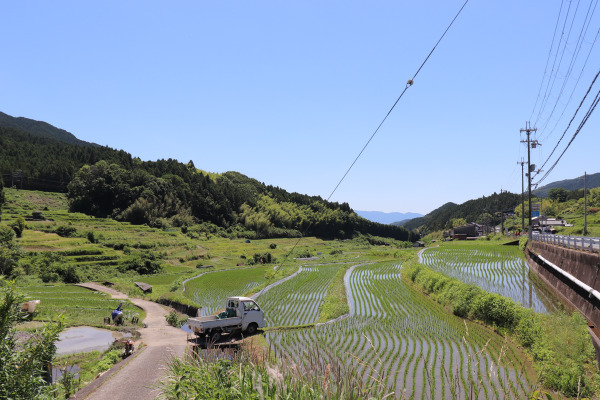
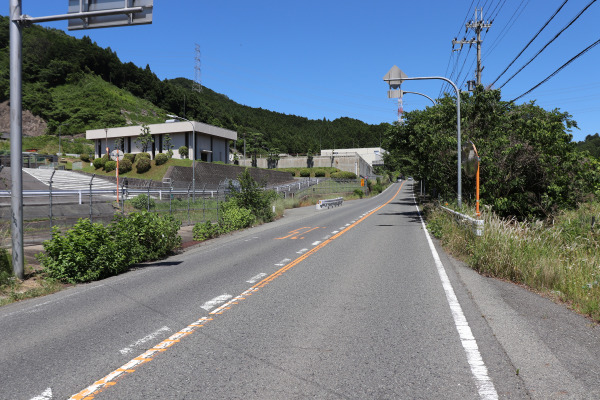
After crossing into Uda City, it is just another half hour till Haibara. Just before the station, you will pass through some traditional-style neighborhoods.
The name of Uda dates back to the ancient history when the Japen’s first emperor, Emperor Jinmu, walked from Kumano to Uda, guided by yatagarasu, in conquering Kansai region. The main station of Uda is Haibara, but it is indeed a huge city!
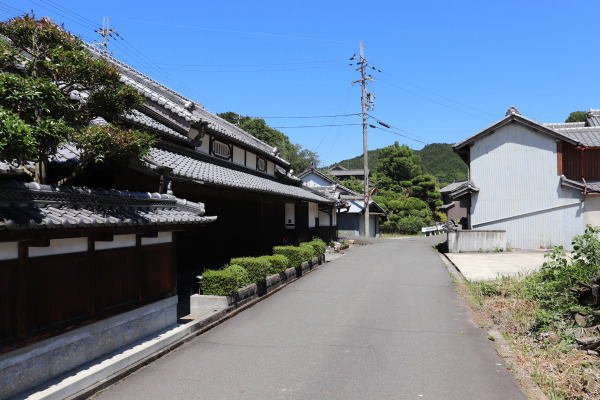
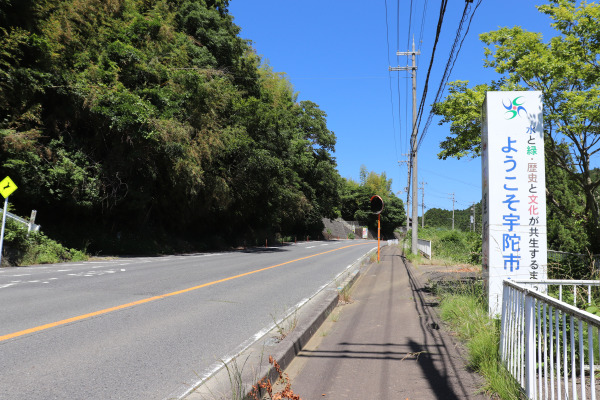
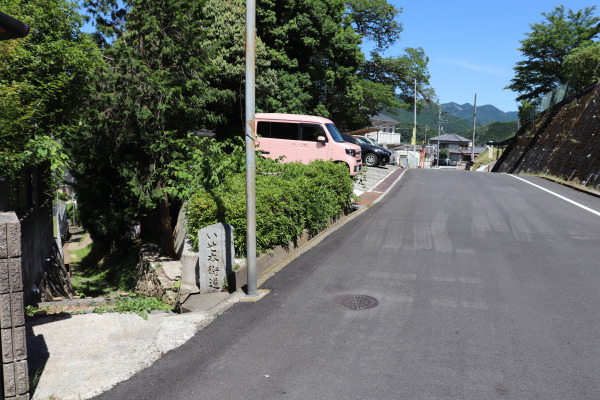
Just before Haibara Station is Aburaya, a hotel traditionally for pilgrims going to Ise Grand Shrine. It is also in front of this hostel that the Ise Honkaido splits from the Hase Kaido. From here, the Ise Honkaido goes deep through the mountains of Nara, while the Hase Kaido sticks to the fields along Kintetsu Line.
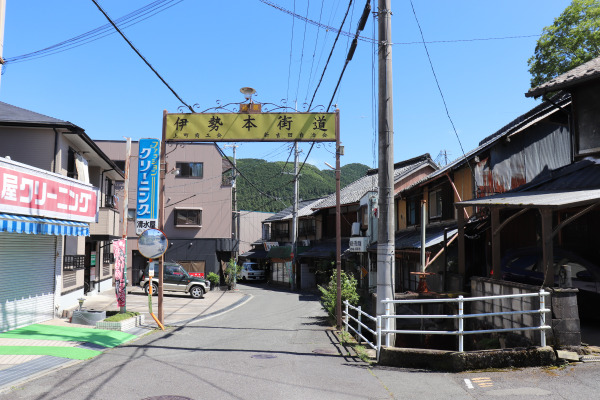
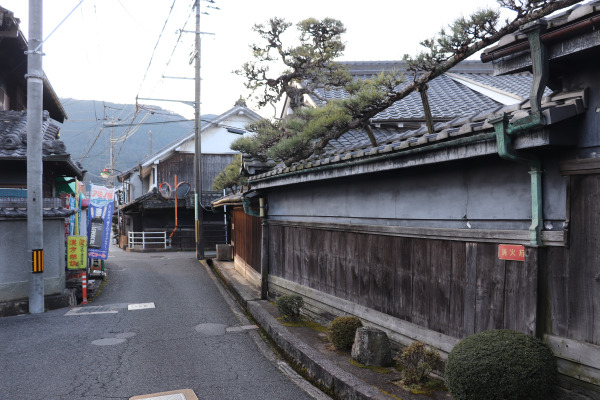
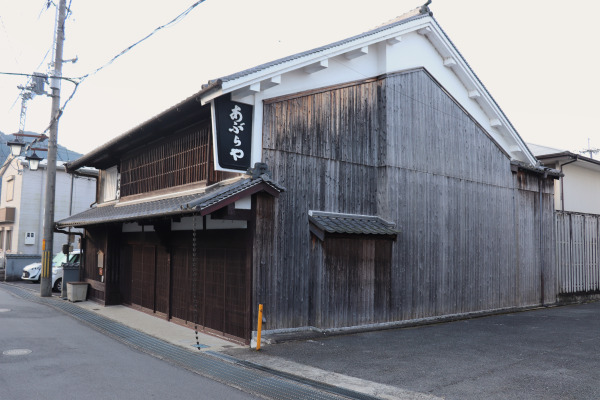
Next time, we are going to walk from Haibara to Yamagasu in Mitsue Village. It will be real hiking, not city walking anymore!
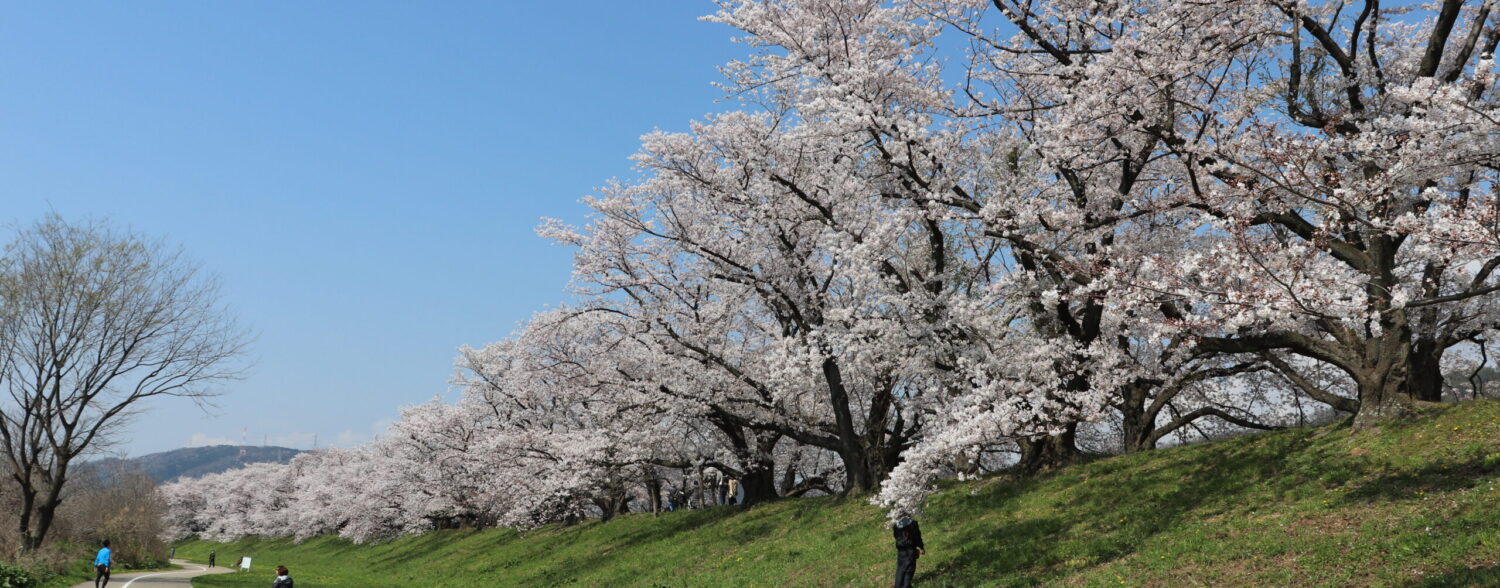
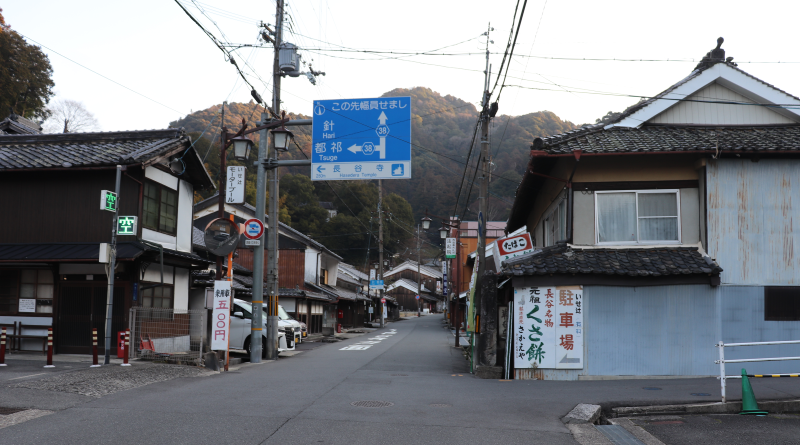
Leave a Reply